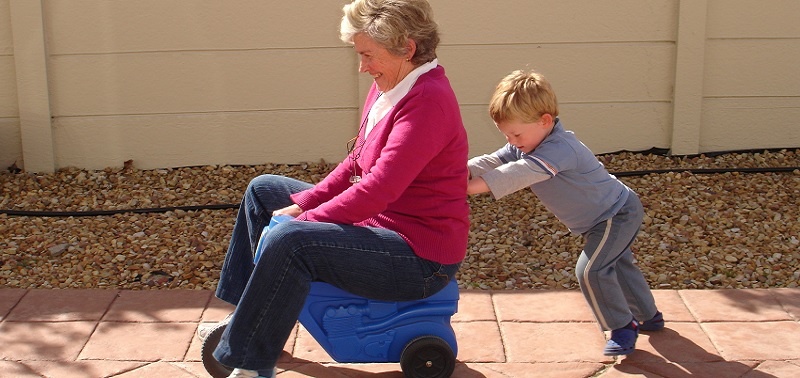
Griffith University's new research found that ecotourism can save endangered species from extinction. Population viability modelling was used to quantify the impact of ecotourism on threatened species for the first time. Before then, net effect of ecotourism increasing or decreasing risk for endangered species, a crucial parameter for conservation efforts, could not be evaluated. Population viability models are widely employed in practical wildlife management to estimate cumulative population changes by simulating births and deaths thousands of time repeatedly, one generation at a time. Based on the models, scientists calculated future population alterations for 9 threatened species (orangutan, hoolock gibbon, golden lion tamarin, cheetah, African wild dog, New Zealand sealion, African penguin, great green macaw and Egyptian vulture).
All ecotourism effects whether positive or negative were transformed to ecological parameters. 7 species were found to have benefited from ecotourism factors (private reserves, habitat restoration, reduction in habitat damage, removal of feral predators, anti-poaching measures or captive breeding and food supplementation). The research also showed that net effects of tourism depends on species and sub-populations, which are influenced by local environment (scale and intensity of ecotourism, size of initial populations, rates of predation and impacts of other industries such as fishing, poaching and logging). Moreover, the research affirmed that ecotourism is not always successful as it can have net negative effect on threatened species in rare cases. However, for majority of endangered and rare bird and mammal species studied, ecotourism can help with their survival.
Resources
https://app.secure.griffith.edu.au/news/2016/02/19/can-ecotourism-save-threatened-species/?src=hp
























